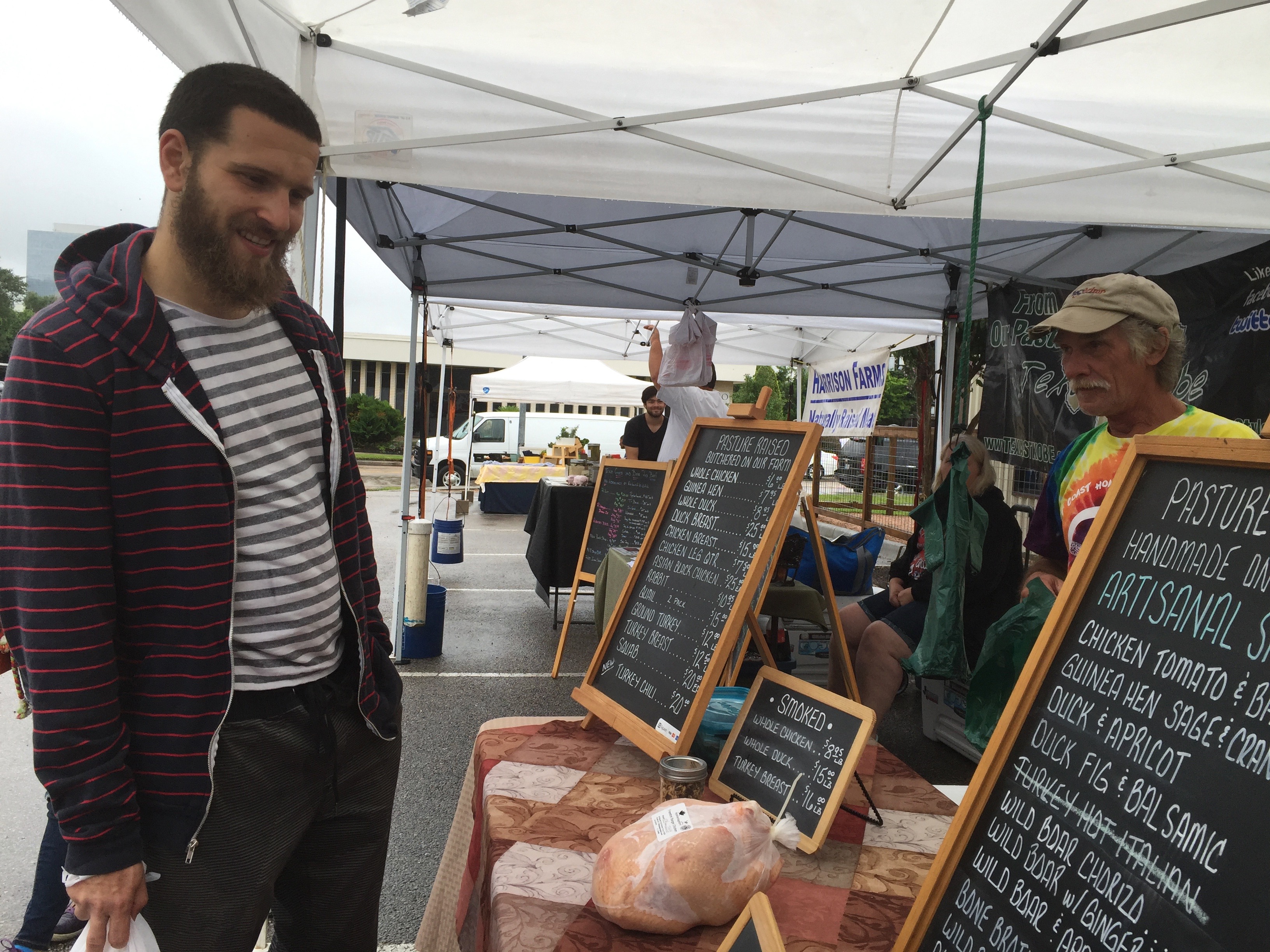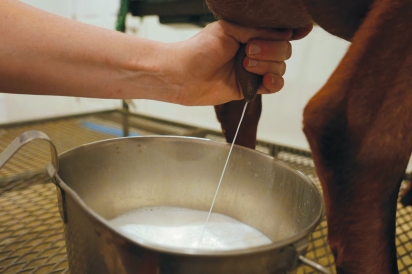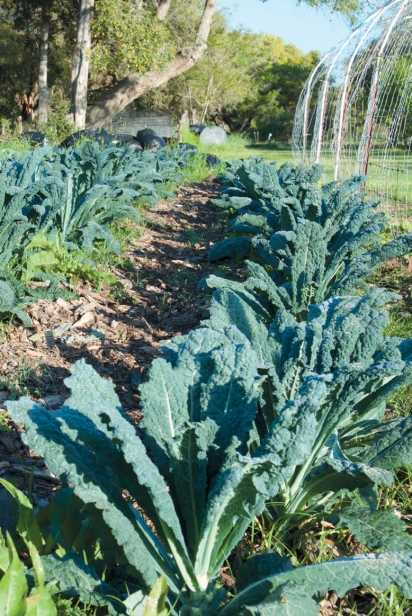Local Farmers and Food and Me: A Love Story by Pam Walker
After almost four decades in Houston, Pam Walker sold her house in Rice and moved to Santa Fe, a decision that had been building for years and grew stronger every time she visited Santa Fe and admired the natural beauty of New Mexico’s landscape.
Walker—who describes herself as a food activist—champions local farmers in many ways. She’s been a supporter of FARFA from the very beginning and chaired the Urban Harvest market organizing committee for four years between 2002 and 2006, around the same time she developed and researched her book Growing Good Things in Texas: Profiles of Organic Farmers & Ranchers Across the State. We asked Walker—winner of the 2015 Local Hero award for food writing—to voice her love for local in a personal essay—her words, her vision, her message. —Francine Spiering
THE STORY.....
Once upon a time, I wanted a farmers market in Houston so much that I donated four years of 40-hour weeks and a fair amount of money to head the organization and initial development of the Eastside farmers market. Why? For reasons of pleasure and politics. For freshness, flavor and healthy eating, for colors and shapes that delight the eye and textures that entice the hand. For a way to put my money where my mouth and political heart are and buy food from independent, local farmers, help their numbers grow and play a daily part in salvaging real farming and food from industrial agriculture.
“Eating is an agricultural act,” Wendell Berry has long reminded us. With every bite we take, we support one kind of agriculture or another. Think about it: every day with every bite. What an opportunity! But before the flourishing of farmers markets and community-supported agriculture (CSA) harvest subscription programs, unless we grew our own food we had little choice except to support industrial agriculture and eat almost exclusively the not-very-fresh products of large-scale, corporate-controlled, chemically driven factory farms whose main venues are grocery stores and restaurants.
This remains the case for people where venues for locally produced food don’t yet exist, which points to more opportunities to create more farmers markets and CSAs and other venues such as producer cooperatives, all serving to help more farmers make a living farming and to give more people access to local food.
The mere existence of farmers markets and CSAs, however, doesn’t ensure that those of us intent on buying local food from local farmers are honestly served, or that local farmers honestly selling what they’ve actually grown are well served, either. In Texas, farmers markets are unregulated. Just about anything can be called a “farmers market,” and just about anything is. And CSAs? They aren’t regulated in Texas, either. CSA originally meant that customers provided a local farmer with seed money by paying in advance to receive an estimated amount of produce on a weekly basis for a particular season, with the understanding that harvests are necessarily uncertain and the bounty variable. Recently, however, produce distributors of all kinds, many purveying little if any local produce, have begun calling themselves CSAs. Things could be—and should be—much better.
The best markets are producer-only markets, where a key rule is that farmers sell only what they have grown, and prepared-food vendors sell only what they’ve made, usually with a stipulation about what proportion of ingredients must come from local farms. Many markets call themselves producer-only markets and have rules designed to make them so, but, depending on the scrupulousness of management, not all truly are.
How can you tell the difference? Ask restaurant and chef vendors and vendors of processed meats, pickles and other preserves, and sellers of soaps and such what local producers they buy their ingredients from. Many buy no locally grown ingredients whatsoever but rather buy from local groceries or from online sources. None of the money you pay these vendors supports local farmers.
This is also true for bakers, pasta makers and coffee vendors, though coffee and bread and pastries are often considered desirable customer amenities and allowed for this reason. This is also the rationale for allowing many non-local prepared foods, to the point that a market becomes more a non-local food court than a real farmers market.
As for ensuring that you are purchasing genuinely local produce, if you see things that seem out of season—say, sweet corn or black-eyed peas in November or Brussels sprouts in August—then ask the farmers how they grow them, and also ask the market manager and any farmers you know and trust if they know by what methods such things can be produced at these times. Weak management often turns a blind eye to farmers who augment what they’ve grown with what they haven’t grown but have instead purchased from wholesalers or from other farmers. Yes! Fraud!
And this cheats not only customers but honest farmers, too, who are competing for business with those who unfairly boost their profits by selling things they purchased and didn’t spend any labor or money to grow.
Producer-only markets worthy of the name enforce rules defining “local,” and require vendors to be inspected by market management prior to initial admission to the market, upon annual reapplication to the market and when credible evidence of rule violations arises. Additionally, such markets require farmers to post signs indicating their farm location and describing their growing methods according to descriptions established in market rules. These typically include “certified organic” for USDA-certified growers, “sustainable” for growers who aren’t certified organic but follow organic practices, and “conventional” for growers who use synthetic chemical fertilizers, pesticides and herbicides. Similarly, prepared-food producers of all types are required to post signs indicating where their kitchens are located, which ingredients are local and from which farms.
Customer demand for local food has been the main driver of farmers markets and CSAs from the beginning, and we must make it a force for ensuring integrity and transparency in markets and CSAs. How? Before joining a CSA, determine how CSA is defined and where the food comes from. If you shop at farmers markets, then join with honest farmers in pressing management to honestly serve the interests of local farming and food, by enforcing rules along the lines I’ve described.
Hold management’s feet to the fire: When you see something questionable, question it!
And question what you don’t see that you should see. If farmers or other vendors lack signs about location and production methods, ask them where their farm is and what methods they use, or where a prepared-food vendor’s kitchen is and what ingredients are local, and ask why there’s no sign, and also ask these things of management. Also ask farmers and other vendors when management last visited their farms or places of production. Honest farmers and other honest producers welcome questions.
What else can we do? Discuss our findings with friends and fellow local-farm-and-food supporters—spread the word and shine the light about which vendors to avoid and which vendors to buy from. And remain loyal to honest farmers, come rain or shine, come blazing heat or bitter cold, come flood or drought. To stay in business, farmers need us most when the ravages of weather decimate certain crops and make for slim pickin’.
And last but not least, we must push for policy and regulatory reform that would set certain standards for farmers markets and make fraud a prosecutable offense—as it is, for example, in California.
I want family farming to grow in Texas and throughout the United States and elsewhere, and not disappear. I want food from close by, not from China and Chile and Argentina. I want farmers markets and CSAs to do what they, strictly defined and scrupulously managed, can do very well: enable local farmers to make a living by selling their produce directly to local people committed to buying their products.
And so, along with countless others whose aims are the same, I keep working.








